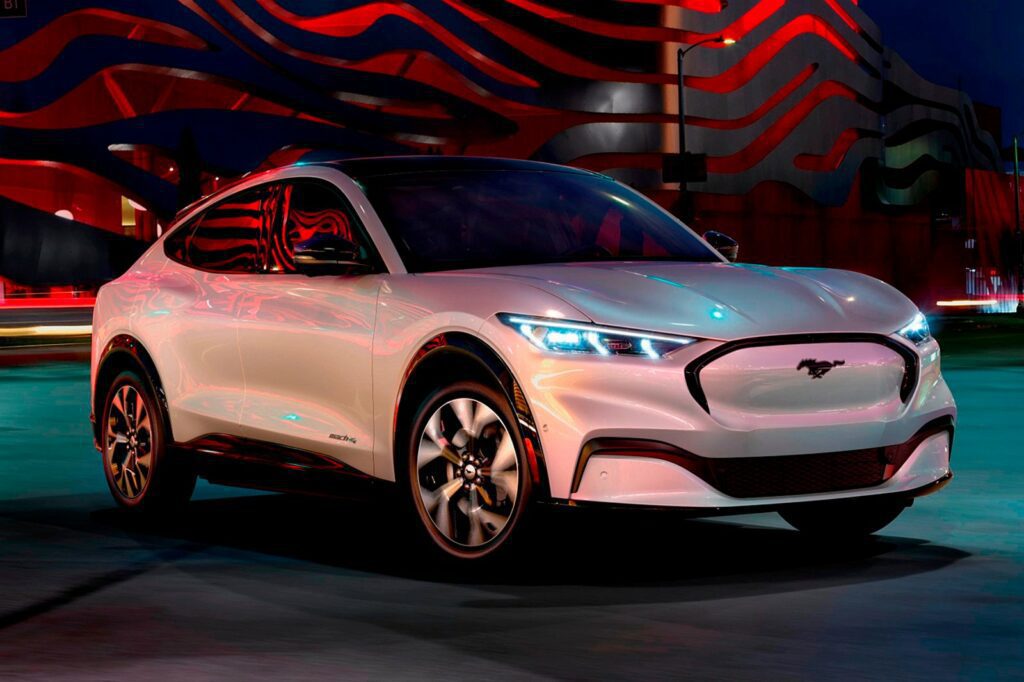Ford CEO Says Escape EV Would Be Cheaper Than Maverick Hybrid

Ford CEO Says Escape EV Would Be Cheaper Than Maverick Hybrid
A compact electric crossover could be in the pipeline.
Ford CEO Jim Farley has said the changing electric vehicle market (and waning demand) has made it difficult to predict the profitability of future EVs, and the company has no choice but to engineer smaller electric cars that appeal to a broader range of customers or watch profits evaporate even more.
“I’ve been in the prediction business in the EV business; it hasn’t been a great journey,” said Farley at the Wolfe Research Global Auto Conference. “It feels great in the moment to say, ‘it’s 2027,’ or whatever it is, but it’s not reality anymore.”
Just last week, Ford announced that a secret team has been working on a low-cost platform to rival Tesla and Chinese EV brands. This platform was designed to be profitable within the first 12 months of launch. Last year, Ford admitted losing $36,000 on every EV it sold and noted it would cut back on EV investments.
“What the customer has now said to us is, if you have [an EV] larger than Escape, it better be really functional or a work vehicle,” said the CEO. “But if you do the economics for a vehicle, let’s say the Escape or smaller, it’s totally different, it completely works. In fact, it’s dramatically better operating cost than a Corolla or Civic or even a Maverick.”
That leads us to believe Ford’s low-cost electric vehicle platform will be used to underpin a crossover similar in size to the Escape. The automaker already produces the similarly sized Explorer EV, but it’s only sold in Europe, and it’s based on Volkswagen’s MEB platform. Basically, it’s a Volkswagen ID.4 disguised as a Ford.
So, an Escape EV could be in the works, which would appeal to hordes of consumers, especially if Ford can get the pricing right.
The Mustang Mach-E has a starting price of $42,995, so a smaller crossover would have to be significantly cheaper to make it appealing. Around $35,000 would be a great price point, and if Ford can ensure it complies with all the tax credit incentive regulations, it could get the full $7,500 incentive, pushing the price down even further.
It’s improbable that Ford would offer a compact hatchback, as small vehicles have fallen out of favor with American consumers. Perhaps a midsized electric sedan could do well. Ford no longer sells traditional sedans in the United States, and bringing one back to the market (even a battery-powered one) could see traditional consumers return to the Blue Oval.
Given the immense popularity of crossovers, we’re willing to bet that Ford will introduce two or more smaller crossovers positioned below the Mustang Mach-E. Of course, there’s always potential for a small minivan, like the E-Tourneo Connect available in Europe.
“If you cannot compete fair and square with the Chinese around the world, then 20 to 30% of your revenue is at risk. We have to fix this problem. We have to address this,” said Farley.
The CEO also commented on the UAW, noting that he was disappointed when the union shut down several profitable plants. He also suggested that the automaker could move production elsewhere following the more expensive UAW contracts that resulted from last year’s automotive strikes.
According to Automotive News, he said, “That was a moment for us. Clearly, our relationship has changed,” adding, “Does it have a business impact? Yes.”
Employing more union members than rivals and building more cars in UAW-led plants in the US than rivals impacts the bottom line, and eventually, Ford has to ask itself where it would be most efficient to build its cars. These sentiments have led to more fiery retorts from the UAW on social media, suggesting further opposition down the line.
We admire that Farley wants to build cheaper cars, but we have to be cautious about excessive optimism.



Responses